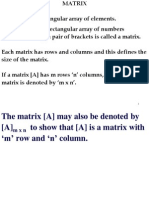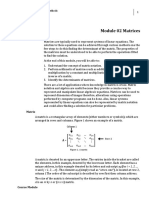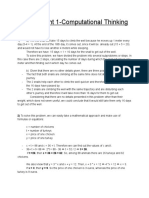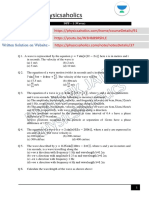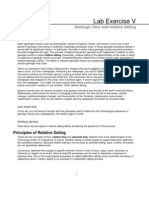0% found this document useful (0 votes)
4 views43 pagesCognitive Psychology: Linear Algebra
The document provides an overview of key concepts in linear algebra, including matrices, vectors, and their operations such as addition, subtraction, and multiplication. It explains properties of matrices like transpose, determinant, and inverse, as well as concepts like rank and span. Additionally, it discusses linear regression and eigenvectors/eigenvalues, highlighting their importance in understanding data relationships and transformations.
Uploaded by
masterteam8964Copyright
© © All Rights Reserved
We take content rights seriously. If you suspect this is your content, claim it here.
Available Formats
Download as KEY, PDF, TXT or read online on Scribd
0% found this document useful (0 votes)
4 views43 pagesCognitive Psychology: Linear Algebra
The document provides an overview of key concepts in linear algebra, including matrices, vectors, and their operations such as addition, subtraction, and multiplication. It explains properties of matrices like transpose, determinant, and inverse, as well as concepts like rank and span. Additionally, it discusses linear regression and eigenvectors/eigenvalues, highlighting their importance in understanding data relationships and transformations.
Uploaded by
masterteam8964Copyright
© © All Rights Reserved
We take content rights seriously. If you suspect this is your content, claim it here.
Available Formats
Download as KEY, PDF, TXT or read online on Scribd
/ 43













































